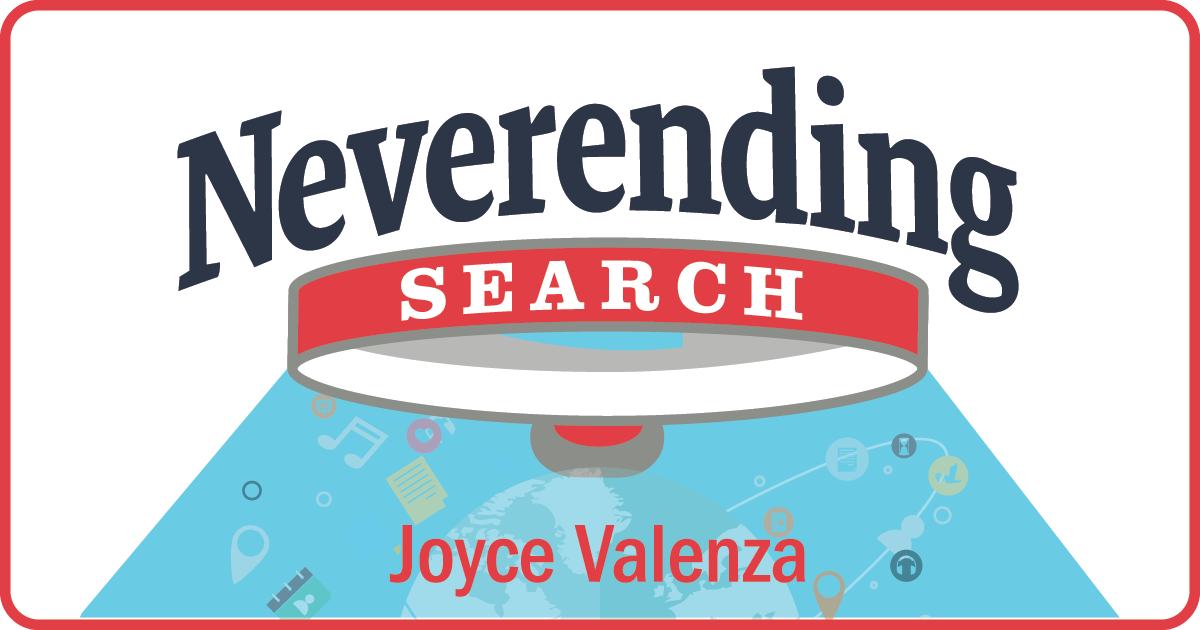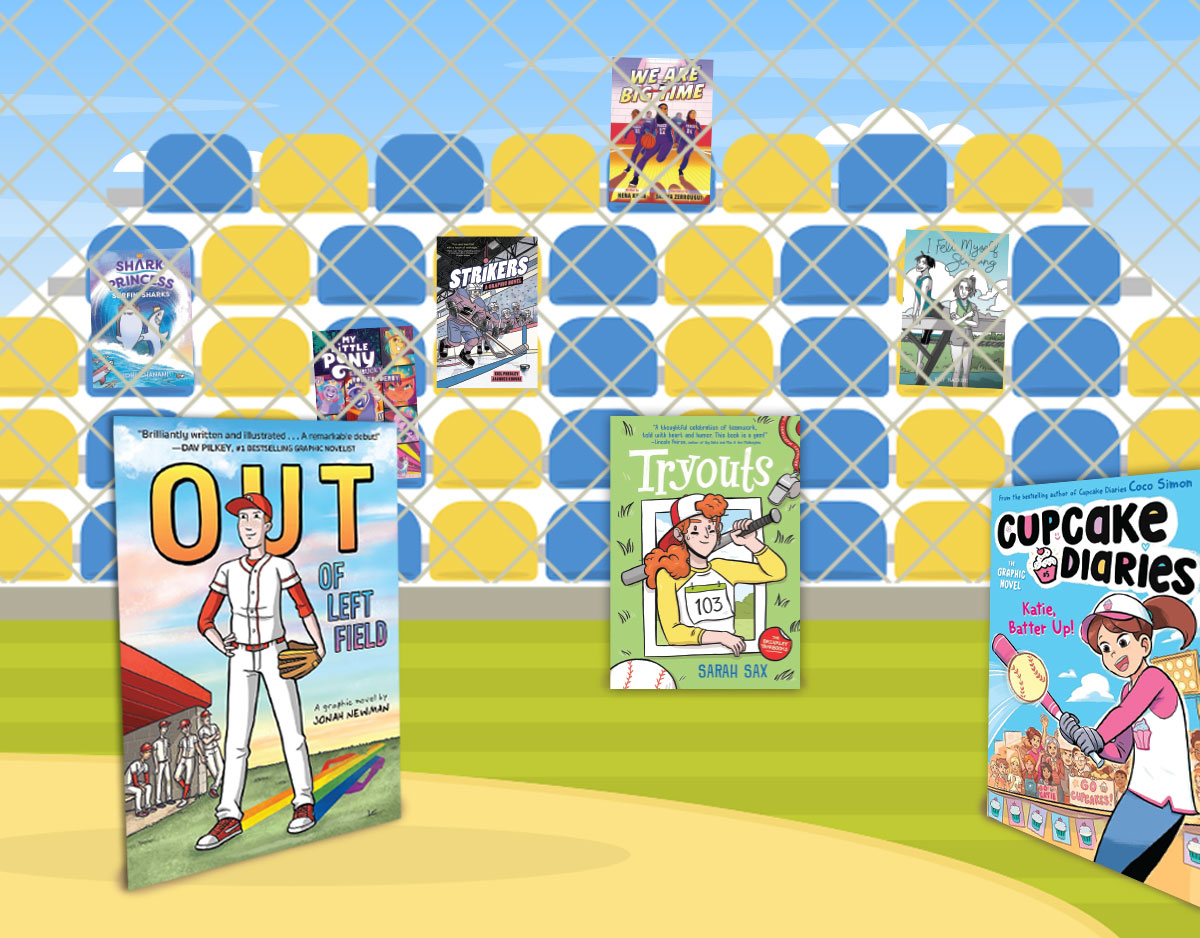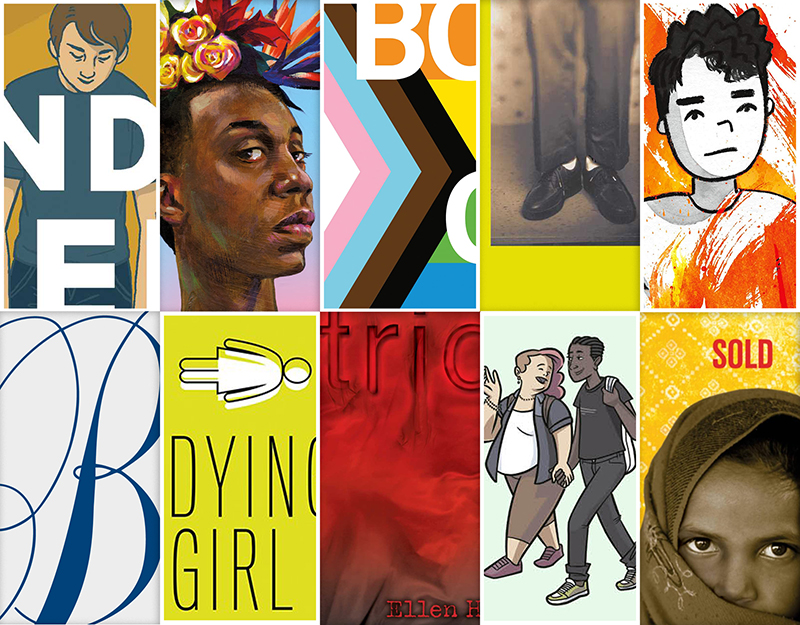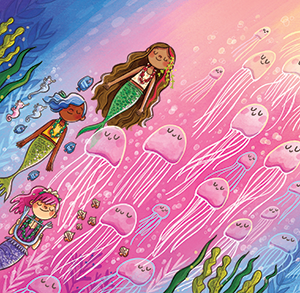SCROLL DOWN TO READ THE POST
Creating your virtual library (quickly) using Slides and Bitmojis as Hyperdocs

Whether or not we are planning for a physical or a virtual school experience in September, it is clear that we need to translate our practice. We need strategies for personalizing and enriching the remote learning experience. And it is clear that the library must be the center of that experience.
Currently, one very popular strategy is the creation of classroom scenes using Google Slides populated with their flexible Bitmojis.
[Note: Buncee offers an alternately very easy strategy with lots of school furniture and accessories.]
But, first, a little background:
I’ve been playing around with building virtual school libraries for a very long time. I built my first for Wissahickon High School students way back in 1996.
Over the years, my virtual library moved with me to Springfield Township, migrating from a scratch HTML website with a hot-linked image map designed by my daughter, to a Glogster hyperlinked image of our front doors, to a network of hundreds of Wikipaces wikis, and eventually (and happily) to LibGuides, a platform developed to support libraries’ virtual presence where I also built hundreds of interconnected Guides. (I recognize, that while I could afford the very reasonably priced LibGuides platforms, it is not accessible for everyone.)
ADVERTISEMENT
ADVERTISEMENT




website evolution
I know, from the data we collected, that these interfaces were used, heavily used. Students told me they related to the metaphor, that they knew where everything was. In fact, our website was used even more heavily when we moved to a 1:1 climate.
At this moment in time, having a rich digital presence is no longer optional. It is essential to translate practice in order to communicate with our communities and to support and inspire learning. It is also tangible evidence of our practice, especially in unstable times.
I thought quite a bit about how important this virtual presence was to me over the course of 25 years. Our digital front doors allowed us to:
- share and scale our resources
- ensure the ROI for our purchases
- leverage a growing number of OER
- promote collaborative efforts and highlight the work of my classroom teacher partners
- share our library as part of our school culture through image galleries, video channels, and social media feeds
- ensure that learners had immediate access to the quality resources our learning community valued
- promote books in all their delightful flavors
- share resources with teachers and archive our professional development experiences
- create dashboards of apps to support a variety of creative tasks
- present my instructional voice and represent myself as an educator and information professional across the school and the community and across devices
I started playing around with the fairly easy and recently very popular strategy of building a library scene in Slides.
As a front-page for your virtual library, this particular strategy functions as a kind of Hyperdoc metaphor potentially linking to and integrating:
- collaborative lessons
- other Google Slide decks, Docs, Forms and Sites
- video tutorials and YouTube channels and playlists
- galleries of student projects
- your social media presence
- curations on Pearltrees, Wakelet, Symbaloo or your Destiny Collections
- your OPAC (or you might embed this page on your OPAC homepage) NOTE: You get to decide which platform is the parking lot and which are the cars
- reading lists or highlighted titles or lists generated on second-party sites
In this prototype I share ideas for what might be included. You are welcome to make a copy of the slidedeck–actually only one slide–and make it your own. You will, of course, have some very different needs or ideas and I know you will want to redecorate.

Some tips:
- Of course, you’ll want your own avatar. Bitmoji works nicely because of the many possible poses and because it copies with a transparent background. But if you go with a white background, you may discover several other avatar options.
- Personalize your scene further with photographs of your own space. You may choose to use images of furniture that resemble (or are) your own. You’ll find my list of CC0 choices here.
- Embed your slide everywhere students, teachers and parents might discover it.
- Be creative about the many different types of interactive resources and experiences to which you link.
- When you discover a good background, bring it in as a background, not an image.
- Of course, you might consider using alternate tools like Glogster, Thinglink, Padlet or Symbaloo, to create your first-level interactive interface.
- You may want to set up and link to other Slidedecks to create second level indexes, for instance, for subjects or grade, or for types of databases, or to create reading rooms.
- To embed this slide in your LMS, Google Sites, or other website, remember to publish the slide to the Web and copy the embed code to paste into your site as HTML.
This tutorial will help you get started:
For more inspiration, check out these posts:
- We Are Teachers: Teachers are Creating Virtual Bitmoji Classrooms
- Bitmoji Classroom Tutorials (Jenny Murphy)
- How to Create a Virtual Bitmoji Scene in Google Slides or PowerPoints (Shana Ramin)
And consider joining the MANY creative folks on the Bitmoji Craze for Educators Facebook Group.
Slidesmania has a number of education, by edu for edu, and fun templates that will help.
Early rationale on digital presence:
- Valenza, J.K. (2011) Evolving the Virtual School Library, Part 1: Deconstructing My Own Interface. TechLearning. 21 Oct.
- Valenza, J.K. (2007). It’d be Really Dumb Not to Use It. Virtual Libraries: Their Influence on High School Students’ Information Seeking and Use. Chapter in Mary K. Chelton and Colleen Cool. (Eds.) Youth Information Seeking Behavior. 2nd ed. Lanham, MD: Scarecrow.
- Valenza, J.K. (2005/2006) “The Virtual Library.” Educational Leadership, 63 (4), 54-59.
- Valenza, J.K. (1999). Transformational Impact of School Reform and the Web. In Laverna Saunders. (Ed.) The Evolving Virtual Library II. Medford, NJ: Information Today, 1999.
Filed under: technology
About Joyce Valenza
Joyce is an Assistant Professor of Teaching at Rutgers University School of Information and Communication, a technology writer, speaker, blogger and learner. Follow her on Twitter: @joycevalenza
ADVERTISEMENT
SLJ Blog Network
Name That LEGO Book Cover! (#53)
Cover Reveal and Q&A: The One and Only Googoosh with Azadeh Westergaard
Exclusive: Vol. 2 of The Weirn Books Is Coming in October | News
Take Five: Middle Grade Anthologies and Short Story Collections
The Classroom Bookshelf is Moving
ADVERTISEMENT
ADVERTISEMENT









